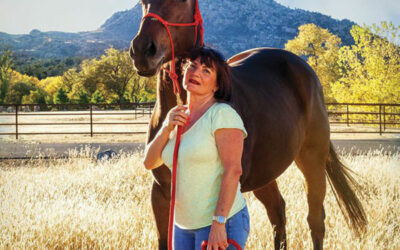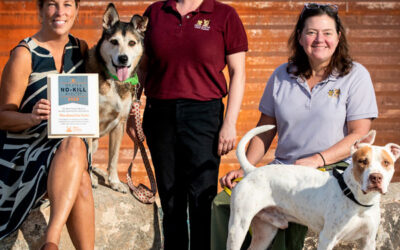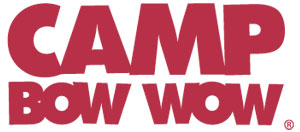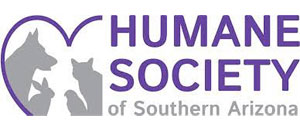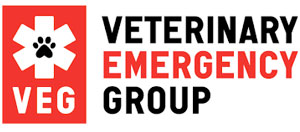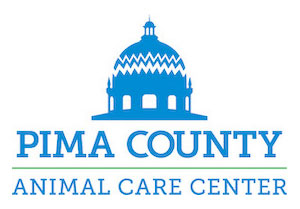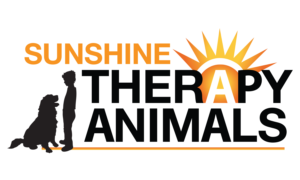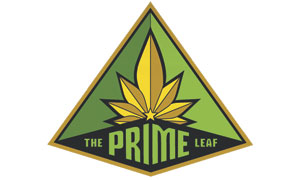Over the next 12 years, they got involved in child safety and eventually passed a resolution promoting humane education in public schools. This included discouraging animal cruelty in classroom experiments and demonstrations where animals might be used.
The organization’s next big step came about in the early 20th Century when, in 1916, the U.S. Secretary of War invited them “to undertake the work of doing for army animals what the American Red Cross is doing for soldiers.” American Humane wasted no time creating American Red Star Animal Relief for rescuing wounded horses on the battlefields of World War I.
If you’re a fan of the British series All Creatures Great & Small, you might be thinking of veterinarian Siegfried Farnon’s vivid flashbacks centering on his time during The Great War, where he and other soldiers ride through the smoldering wasteland that is Ypres in 1918 in their search for an injured horse or horses. It’s incredibly unsettling and clearly explains his “shell shock,” as PTSD was termed at the time. You might also be thinking of the 2011 film War Horse. Either way, you can understand the urgent need for the formation of the Red Star program back then.
After the war, Red Star turned its focus to rescuing animals in disaster areas, but by 1925, they found themselves setting up a committee to examine cruelty to animals connected to training in movies. During the silent era, actors and stuntmen or women were one and the same. The golden rule for movies of this period, much like today, was action, action, action, and as much high drama as could be dished out to eager audiences. It wasn’t unusual for damsels in distress or titular heroines to hang from speeding locomotives or horses leaping through open rail cars from one platform to another. These were the Wild West days for Hollywood.
It was difficult to make headway in the industry for a number of years, but come 1939, with the release of the Tyrone Power film Jesse James, things were about to change — even if it was just incrementally. The horrifying story goes that during a scene where Power is being chased by a posse, his desperate character attempts a hair-raising leap across a ravine in order to evade the bloodthirsty men hellbent on capturing him.
For the scene to go as planned, it’s said the unlucky horse had to be blindfolded. The stunt man aboard the animal then raced the doomed creature across a greased platform designed to tilt so that the horse and rider would be catapulted downwards into a raging river some 70 feet below. The stuntman survived, but ultimately, when it was all said and done, the horse wasn’t so lucky. We’ll leave it at that and spare you the gory details so you can still sleep at night.
The point is this was a watershed moment in the entertainment industry, with American Humane leading a robust movement to protest what had taken place — all to bring to life some director’s vision for the film. It also led to American Humane opening an office in La-La Land to provide the group a higher presence for the advocacy of animal safety within the industry.
An agreement was soon reached with the Motion Picture Association (MPPDA), which enforced adherence to the early Hays Code governing movies between 1934 and 1966. In turn, this forced filmmakers to henceforth consult with the American Humane Association (AHA) on films where animals were to be used and to allow AHA reps to be present on movie sets to oversee the treatment and handling of animals.
Regrettably, with the disbanding of the Hays Office, American Humane no longer had the backing that went with the oversight of a government entity, meaning that the association could no longer oversee Hollywood productions and was frequently banned from being on film sets. It’s said that this led to a tragic increase in injury, abuse, and deaths for movie animals.
According to Dr. Thomas Edling, DVM, MSpVM, MPH, and Chief Veterinary Officer and Animal Ethicist for American Humane, all was not lost, but it took a while to have unfettered access to film sets again. That came with the notorious movie Heaven’s Gate, which was another turning point that sadly involved numerous injured animals and the death of no less than four horses. After it was pulled from theaters, the film industry reinstated American Humane’s authority to protect animals during filming through a contractual agreement with the Screen Actors Guild.
That, and the fact that actors are now some of AHA’s greatest allies, makes things easier to ensure compliance, as so many of them are animal advocates. Nowadays, members of Humane Hollywood’s initiative No Animals Were Harmed are routinely provided with information concerning movies, TV shows, and even commercials where animals will be used, allowing them to rate them by intensity levels, such as low, medium, or high. An example of high concern would be Westerns or other films with horses, including period pieces. A pet food commercial would, in most cases, be rated as low.
Regardless, the organization goes through scripts and storyboards to determine the need for the level of their involvement. They do their best to help the director get their shot but on a safer level. They monitor an animal’s safety on set and create reports for all the jobs they’re on. They can even call for third-party professionals to be brought in to investigate injuries or death. American Humane then uses the information to assist in creating safer experiences for future movies, which helps producers and directors as well. Due to their input, it’s now very rare that animals get hurt or die during filming, which is great to hear that they’re having such a significant impact.
Back in 1998, American Humane launched its website, www.HumaneHollywood.org, to provide moviegoers with film reviews describing how animal action was achieved, a ratings system, a mechanism for people to ask questions and raise concerns, and information for producers. This is a boon for movie buffs and animal advocates alike.
But this isn’t the only involvement American Humane has with animal welfare. They currently have eight programs in place. In addition to their work with livestock, military animals, and animals in film, they’re involved in conservation efforts, animal rescue, humane tourism, pet providers, and grants and awards. If you’re interested in the various ways you can support them, or staying in the know, visit www.americanhumane.org/get-
Finally, we’d like to thank Tucson resident Dr. Edling for taking the time to speak to us and all of the history he was able to provide us with.



